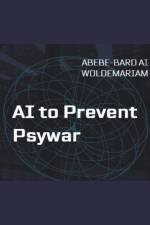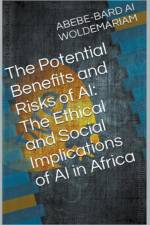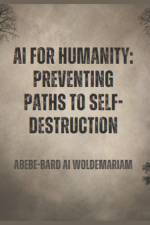av Woldemariam
561
Coping Mechanisms from Convert Stalking-Gang StalkingCONVERSATIONAL CHAT INFORMATIVE BOOK By this activity innocent people have become unwitting targets of organized crime or initiatives. They may also simply serve as guinea pigs. They are controlled by monitoring 7 / 7 days - 24 / 24 hours, for years and sometimes for life. Most do not know why it happens to them. And often, when realizing, it's already too late. It seeks to silence them by discrediting them. In addition, they provided the following treatment: defamation, rejection, scorn, and isolation, and intimidation, denial of service, harassment, sexual, electronics, and torture. The aim is destruction, all aspects of their lives are affected. They are all at the same time, all the time. These victims are isolated, without support.First, because this phenomenon is unknown to the public, difficult to detect and recognize. In addition, the game consists of these criminals to discredit them, they pose as outcasts. They say for example that he or they are prostitutes, pedophiles, sexual predators, dangerous criminals, mentally ill, vagrants, thieves, etc... They are desperate to do so. Thus discredited, they were finally isolated and silenced. It's the perfect crime. But ... IT has got to stop!The book particularly URGENT to STOP the illegal and unauthorized abuses of advanced weapons that are being used. Torture comprises of Mind-Reading, Mind control, Central Nervous System control, 24/7 anywhere tracking, Organized Gang-Stalking, 'Voices-To-Skull'('V2K'), Constant Stalking, Mobbing and Physical Injury/harassment through Directed Energy Weapons.Generally, this is a conversational chat made between Abebe and Bard to create awareness and provide methods of protections, supports/resources and resilience/recovering against gang stalking and psychosocial dynamics conducive to electronics harassment and ill-treatment.


















